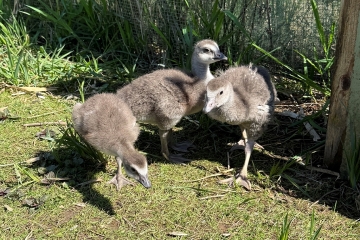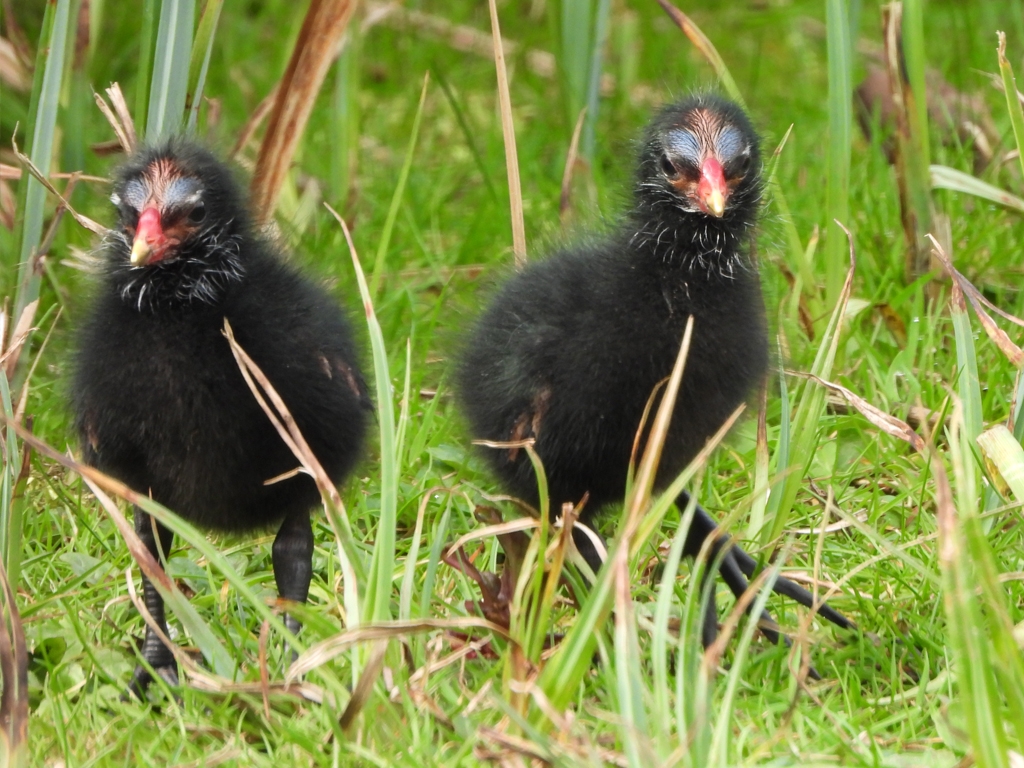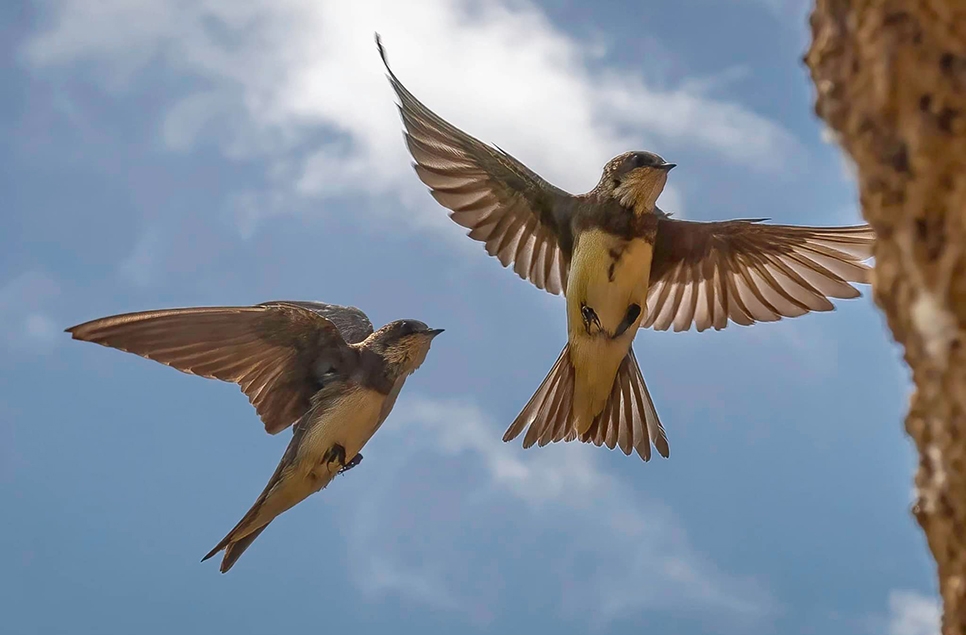NEW Reedbed Willow Sphere preview for WWT members
The new Reedbed Willow Sphere opens for WWT Members on a special preview day on Thurs 30 March. It will open for all visitors on Sat 1 April.
Immerse yourself in reedbed wildlife inside in this beautiful woven sphere with views across the wetlands. Beautiful Wonder Sustainable Projects, working with local environmental artist Mark Antony Haden Ford of Two Circles Design, have created a woven willow sphere that highlights the wetland wildlife at Arundel Wetland Centre. Visitors will be able to enter the sphere to view nature in the round.
Entering the sphere, the interplay of light and shadow reveal wildlife forms created from positive and negative space made from willow, a traditional wetland building tool.
The sphere is a beautiful stopping place for mindful contemplation, woven from natural materials, which overlooks stunning SSSI reedbed full of wetland wildlife.
When Arundel Wetland Centre wanted a new way of interpreting the wetland reedbeds for their visitors they selected Beautiful Wonder, a company who creates bespoke sustainable installations – evident in past projects like SKY Ocean Rescue whale and London 2012 Games Countdown Clock.
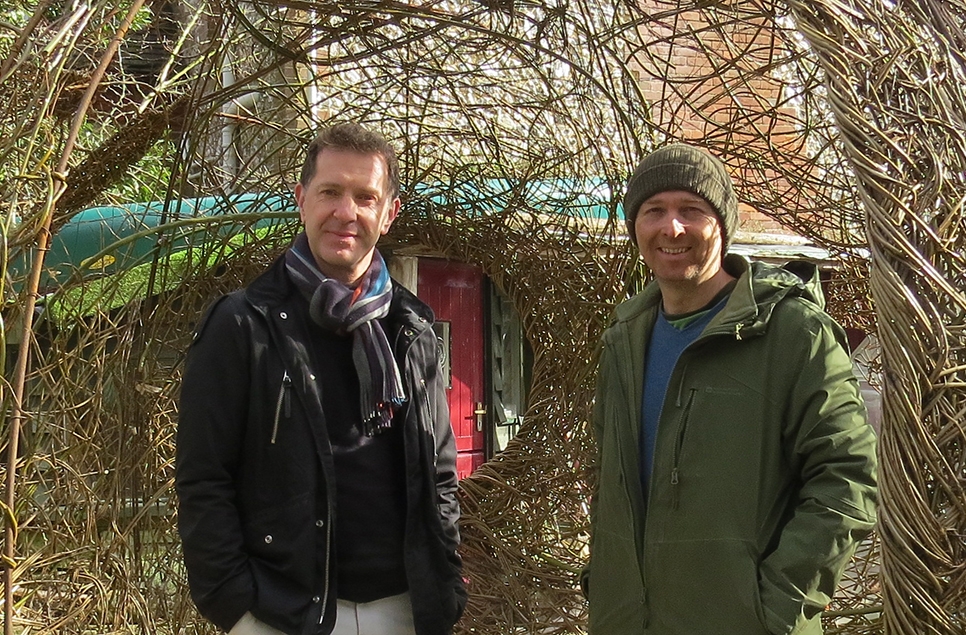
Beautiful Wonder's Founder Jez Clarke with environmental artist Mark Antony Haden Ford
Claire Hogben, Manager of Arundel Wetland Centre said: “Our brief for the project asked for an installation that would give our visitors a strong nature connection though their senses, their emotions and an appreciation of beauty – we also wanted a space to encourage moments of mindfulness and stillness.”
Beautiful Wonder Founder & Director, Jez Clarke, took on the role of Artistic Director for the project and conceptualised the Willow Sphere.
Jez Clarke said: “Even in such a quiet and beautiful environment as the Wetlands, I felt there was greater opportunity for escapism and a 'restful moment' within one larger shape… A sphere represents one of nature’s simplest of forms, plus it conveys the circularity of seasons and life which is abundant in the landscape and nature.”
“We work with specialist teams on every project we do, and were thrilled to collaborate with environmental artist Mark Antony Haden Ford. The fact Mark is from the area also brings a wonderful back story to the project too.”
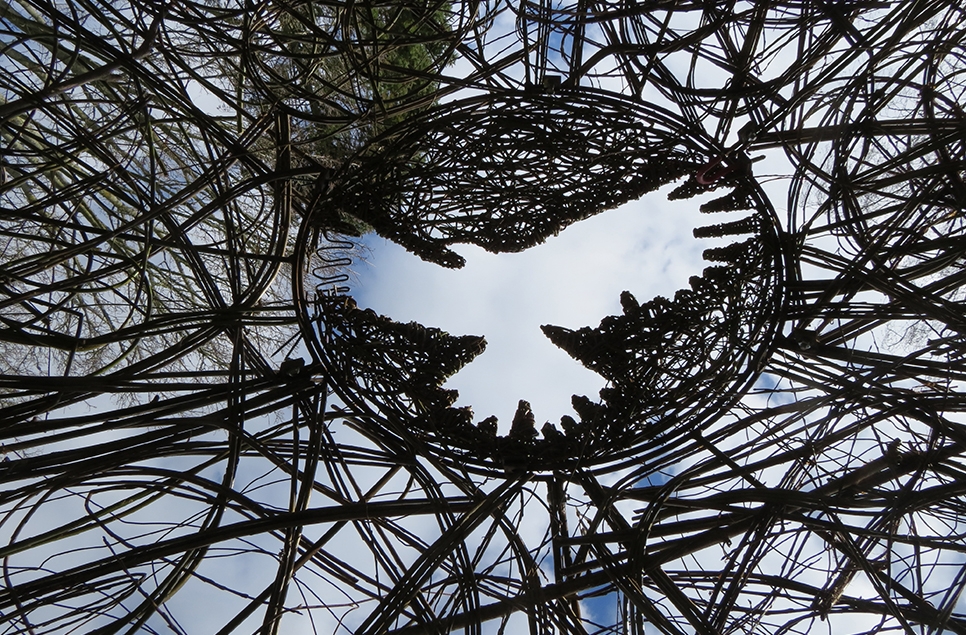
A majestic marsh harrier in the roof of the Willow Sphere
The sphere is 3 metres in diameter and has a lightweight steel frame structure, joined together and woven with willow and hazel whips over wire. Denser weaves and deliberate openings portray wetland lapwing, marsh harriers, sand martins, herons and dragonflies. These apertures help to frame the views beyond and a circular window and wooden seat deliberately offer views of Arundel Castle.
An existing willow archway frames the entrance bridge and ramp which provides level access for all visitors. The sphere sits on wooden deck merging with surrounding “fedges” – fence hedges of woven willow.Visitors young and old will enjoy identifying the species in the rounded walls of the sphere, feel a connection with the enclosed yet open space and appreciate the tactile nature of the woven materials.Jez feels Mark’s experience weaving with willow and his insight was been pivotal in realising the concept to its fullest potential. “He has subtly built up the density of the woven surfaces to add contrast, shelter, and a sense of architecture, while other less densely woven areas allows the 'outside-in'. It was critical we struck a balance whereby the visitor has a sense of being inside a structure, whilst not feeling separated from its' surroundings.”
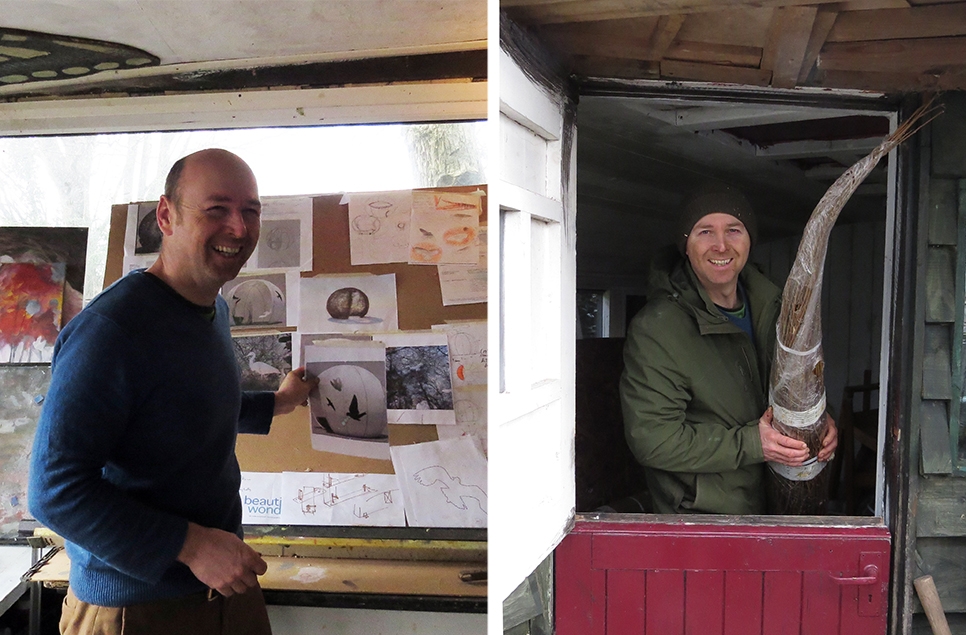
Mark Antony Hayden Ford working inside and outside at his Slindon studio
The sphere’s frame was created by another of Beautiful Wonder’s specialist (metalwork) teams in London, then transported to Mark’s outdoor studio behind his home on the Slindon Estate. Mark began weaving at his studio before the partially completed piece was then dismantled in sections and moved to Arundel Wetland Centre. Mark and his team reassembled the piece then Mark settled in as resident artist for five long days of onsite work.
Mark said “I enjoy working with natural materials in natural settings. The whips are different colours and will age differently, like this freshly cut green from Musgrove Farms, the red dicky meadows basket willow and the buff noir whips.”
Mark Antony Haden Ford is a ‘local boy’ to Arundel– growing up in Hambrook in Chichester, near Bosham. As a teenager he knew Arundel Wetland Centre from racing his kayak in weekly training sessions along the River Arun beside the site. Mark worked with willow cuttings from Arundel Wetland Centre in a riverbank restoration project he worked on in Kent in 2017.
Mark studied fine art at Northbrook College in Worthing before attending Sunderland University where he began using weaving in his art projects “I was weaving a project with ivy and some old factory cables when I realized I enjoyed working with natural materials, and they were easier to source and sustainable.”

Mark was weaving at WWT Arundel in all weathers, in a week of rain and cold temps
Mark taught himself how to weave with willow on a large scale, and has been creating land art installations since 1992 all over including, Canada, Lithuania, Poland, France, Italy, Spain, USA and all over the UK, including many works on the Arundel Castle Wall including a 12m moustache. Returning to Sussex and setting up home in Slindon Mark now takes on projects as Two Circles Design. Locally Mark creates for the annual pumpkin mural at Slindon Pumpkins and on the Gallery Trail during the Arundel Festival of the Arts each August.
After finishing his work on the sphere Mark headed to Texas, USA where he is attending the Llano Earth Arts Festival (LEAF) as a featured artist March 24-26. Mark will be back to meet visitors at the WWT members Sneak Peek day on Thurs 30 March along with the project Artistic Director Jez Clarke.

